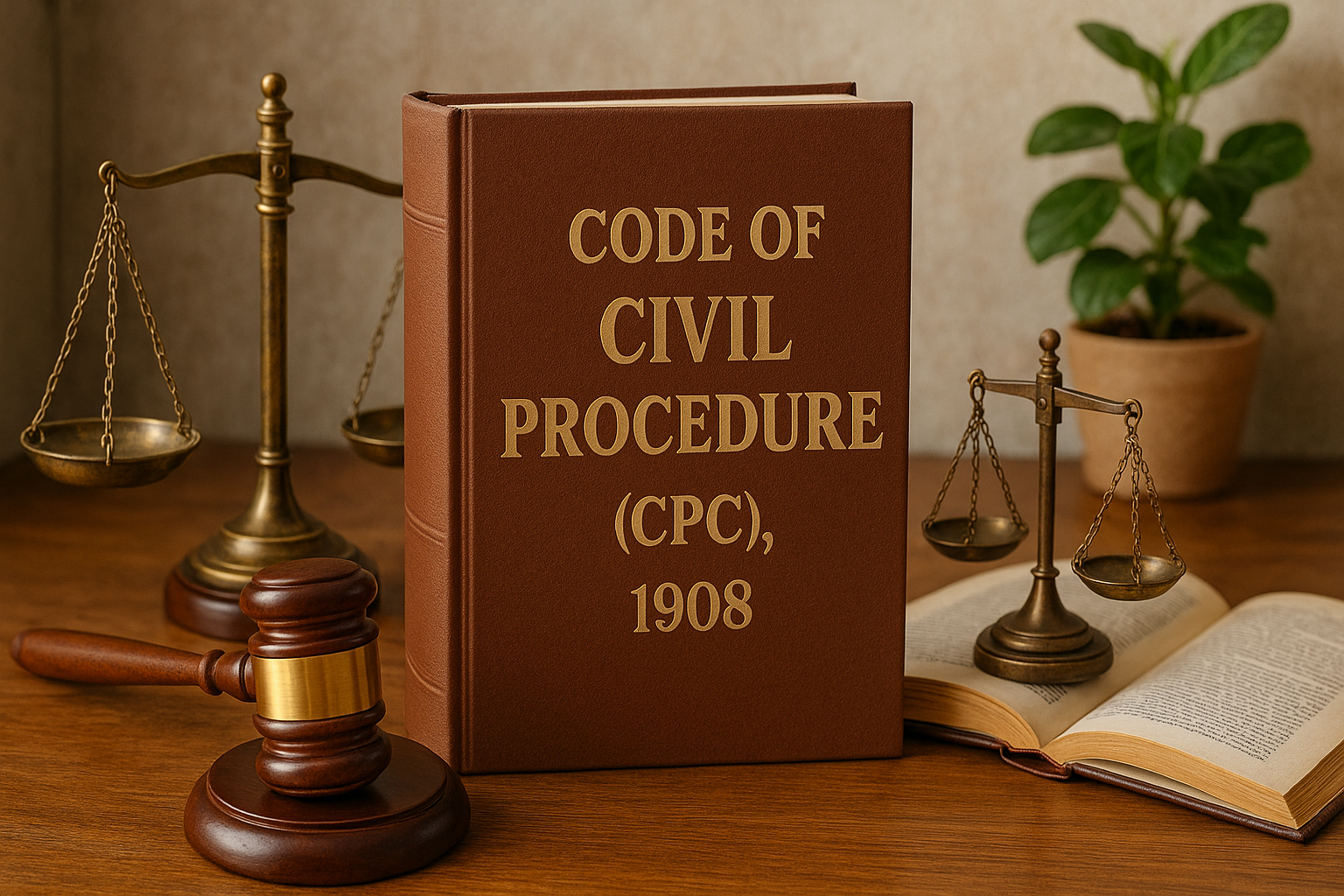In civil law under the Code of Civil Procedure (CPC), 1908, two important terms often encountered are “Suit” and “Plaint”. Although related, they are not the same.
1. What is a Suit?
A Suit is the formal legal proceeding instituted by a person (plaintiff) against another (defendant) in a civil court to enforce a legal right or seek a legal remedy.
➤ Legal Basis:
Defined in Section 9 of CPC – every civil court has jurisdiction to try all suits of civil nature unless barred.
➤ Examples of Civil Suits:
-
Suit for recovery of money
-
Suit for possession of property
-
Suit for specific performance
2. What is a Plaint?
A Plaint is the written document (petition or complaint) filed by the plaintiff that initiates a civil suit. It contains:
-
The facts of the case
-
The cause of action
-
Reliefs claimed
➤ Legal Basis:
Defined under Order 7 of CPC.
Comparison Chart: Suit vs. Plaint
| Feature | Suit | Plaint |
|---|---|---|
| Meaning | A legal action filed in a court for enforcement of rights | The written document that initiates the suit |
| Legal Provision | Section 9, CPC | Order 7, CPC |
| Initiated By | Plaintiff by filing a plaint | Drafted and submitted by plaintiff |
| Purpose | To obtain a legal remedy | To present facts and reliefs sought in the suit |
| Stage | Begins after plaint is filed | Filed at the beginning to start the suit |
| Example | Suit for breach of contract | Plaint explaining the breach and claiming damages |
| Includes | Plaint, written statement, evidence, arguments, judgment | Just the initial complaint |
Conclusion
-
The plaint is just the starting point of a civil action.
-
The suit is the entire legal process that follows from filing that plaint.
-
Every suit begins with a plaint, but not every plaint may mature into a full suit (if rejected).

